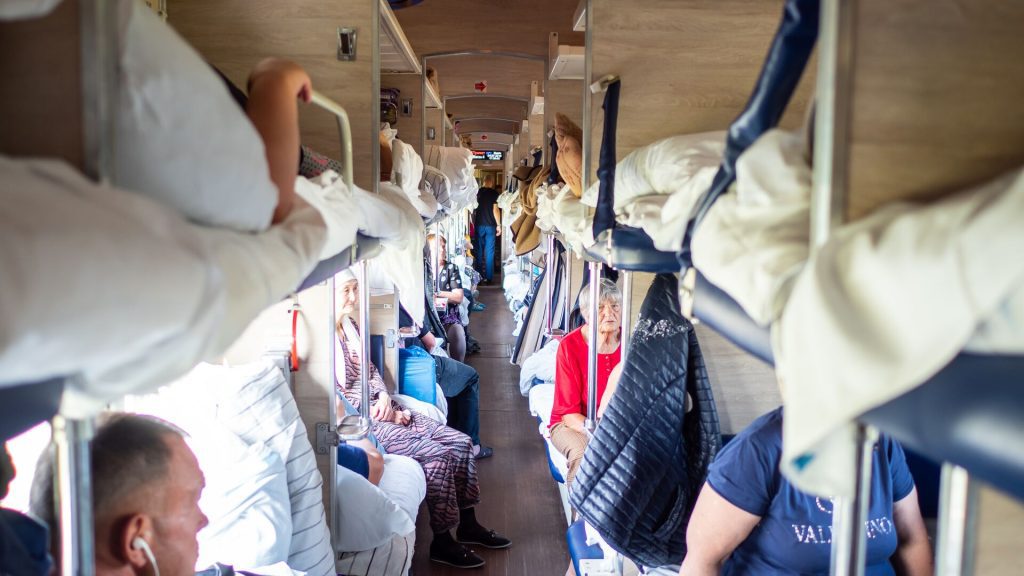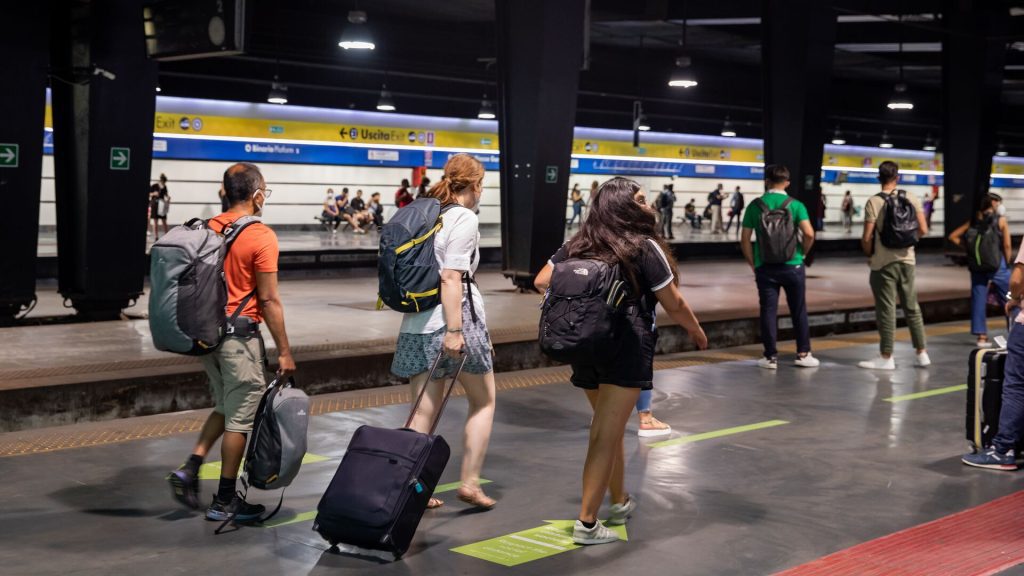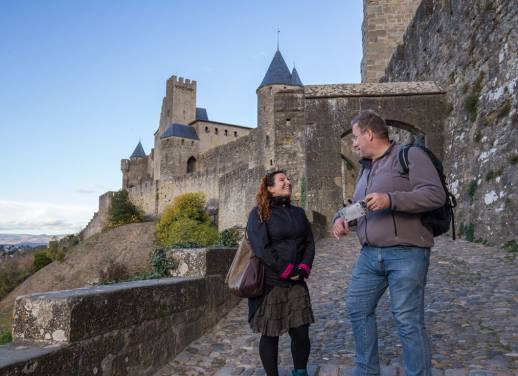There’s nothing quite like train travel. No airports, no stone-faced airport security, no waiting around at the boarding gate praying your flight won’t be delayed (or worse, cancelled). No person in front of you reclining their seat ALL the way back before the plane has even taken off (don’t get me started).
While even low-cost airlines can appear to be a cheaper way to travel through Europe, add in the taxes, booking fees and baggage charges, and suddenly it’s not as budget-friendly as it appeared.
Rail travel, particularly in Europe, has come a long way. Most trains now have bigger seats, more space, wi-fi and a power point in the seat (a luxury you don’t get on many economy seat flights).
Then there’s the view – ah, the view. It’s significantly more impressive to watch the scenery pass by rather than staring for hours at clouds, darkness or a window blind. Not only that, taking a train through Europe often means you start and finish your journey in the heart of the city. No more lengthy taxi rides between the airport and the city; just get your luggage, disembark and voila, you’ve arrived.
Want to make the most of your rail travel journey? Here’s what you need to know.
Top rail trips
1. Don’t be a rookie
If this is your first trip to Europe, it’s easy to look at a map and fall into the “I want to see as much as possible trap.” The truth is, you’re never going to see ALL of Europe, not even over several trips. There are just too many possibilities.
It’s also easy to think two days in each city is plenty. Between arriving at a new destination and moving on to your next one, you’ll never get to genuinely explore and enjoy the city you’re in when you have less than a day to see it.
Your best bet is to focus on what you really want to see and do and plan your trip around that. If you’ve never been to Europe before, sticking to the more popular destinations (Paris, Amsterdam, Rome, Venice, Barcelona, Berlin, etc.) will give you a great introduction. If you have a particular passion (food, hiking, art, history, etc.), you can find some great destinations to suit whatever it is you love.

2. Plan and book trains in advance
As with most things in life, planning ahead pays off. Be that person, get out a calendar and work out where you want to be and when. Booking your dates early will also be kinder to your budget.
It’s also important to remember that buying a rail pass doesn’t guarantee your seats. Ensure you log in when your dates are available (often up to 2-3 months in advance) and reserve your seats.
Additionally, planning your trip in the off-season can be a great way to save cash and avoid crowds and long queues everywhere. Summer (June-August) in many parts of Europe can be super crowded and you’re likely to encounter fewer locals and significantly more tourists. It might not be as authentic of an experience as you might be hoping for.
There are several different train pass options. They can be booked via Rail Europe as a country pass (e.g., France), a regional pass (e.g., BritRail), or a Eurail Global Pass, which includes 28 participating countries. Discounted passes are also available for couples or groups travelling together (just make sure your group is together for the entire journey, as your names are listed on the pass).
Read more: 5 places to escape the crowds in Italy
3. Be travel savvy
The Schengen Agreement is a handy agreement set up to allow easier travel between European countries. While you might not need to remember its name, you do need to understand what it means. Essentially, 29 countries in the European Union (EU) have an open-border policy, meaning EU citizens don’t need to show a passport to border officials.

Do your research in advance and check that you have the necessary visas for the countries you plan to visit. You’ll also need a passport with a full six months of validity throughout your travels.
When you’re on the trip, have your passport handy so that you’re ahead of the game if and when a train inspector asks to check your tickets and documents.
4. Make the most of sleeper trains
Work out which trips will be your longest and make those journeys overnighters if possible. It’ll give you time to catch up on sleep, save you a night of paying for accommodation, and you won’t lose as much daylight travelling.
Most European overnight trains are pretty damn comfy with showers and dining options. It’s not quite the Orient Express, but it’s still a lot of fun. Book these legs of your trip in advance, though, because overnight cabins can sell out quickly.

On some overnight trips, you may be required to provide the train attendant with your reservation voucher, rail pass and passport as you board (only if you’re crossing into a country where you’ll need to show your passport to enter during the night). This allows the train conductors to sort out the details with customs officials as you snooze away in dreamland.
Read more: Everything you need to know about a night (or two) on an overnight train
5. Safety first, people
It’s obvious advice when you travel that you should always watch your belongings. While Europe is generally a safe destination, it’s important to always be aware of your surroundings and where you put your belongings. Especially if you’re planning on power napping on the train.
Keep your most important items (passport, tickets, money, etc.) in a safe place such as a money belt. Have a backup plan for your money, and perhaps consider keeping your important items in separate places so you haven’t lost it all if a backpack is pickpocketed.

6. Validate, validate, validate
Before you start your journey, you’ll need to validate your pass or risk being fined (often heavily) by the ticket inspectors. Look into the rules for your particular train ticket and ensure you arrive at your station early enough to find your platform, grab some snacks and have your ticket validated via stamp, touching it onto a reader device or having it hole-punched. Research your ticket rules and make sure they’re validated for use every time you board a train.
If you follow these tips, you’ll be on track (pun intended) to have an unforgettable rail adventure in Europe. Sure, there might be language barriers to navigate and logistics to plan, but that’s all part of the experience.
If you don’t fancy chugging through Europe on your own, or you’d prefer to have a local leader by your side to help you get from A to B smoothly (not to mention show you the best backstreet bars and cool tapas joints), check out Intrepid’s rail travel trips.
Explore Intrepid’s range of small group rail trips.
Feature image c/o The Common Wanderer
Get inspired







